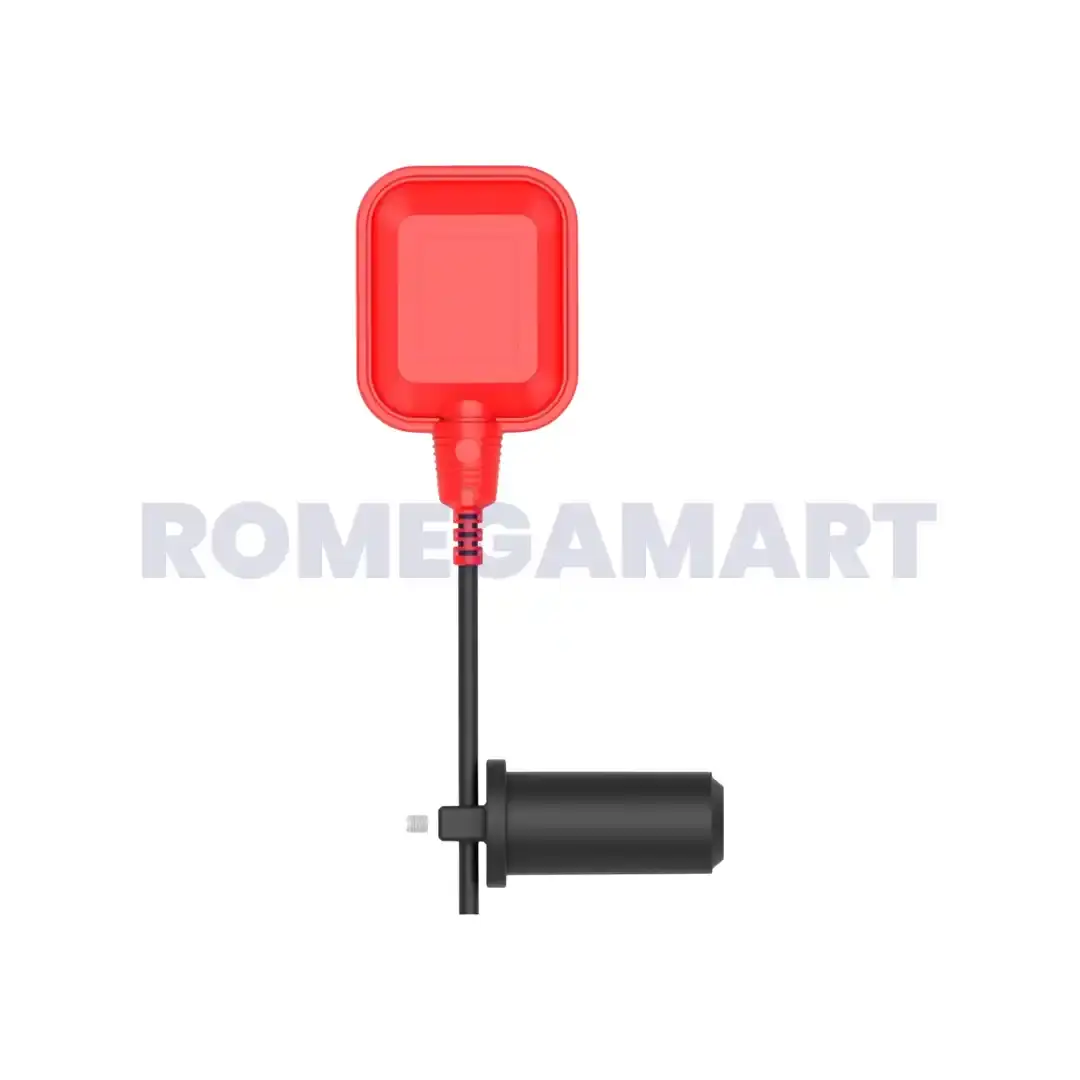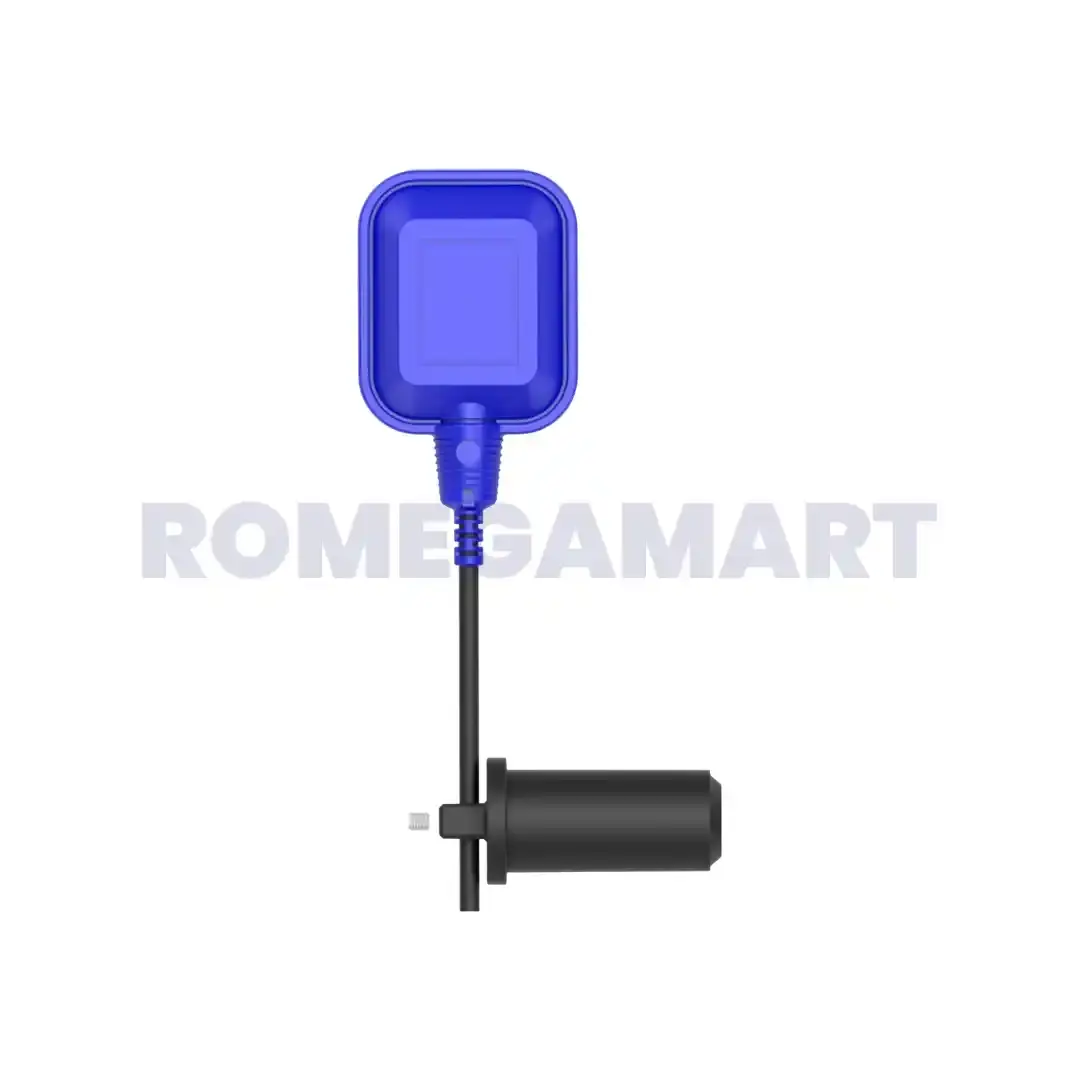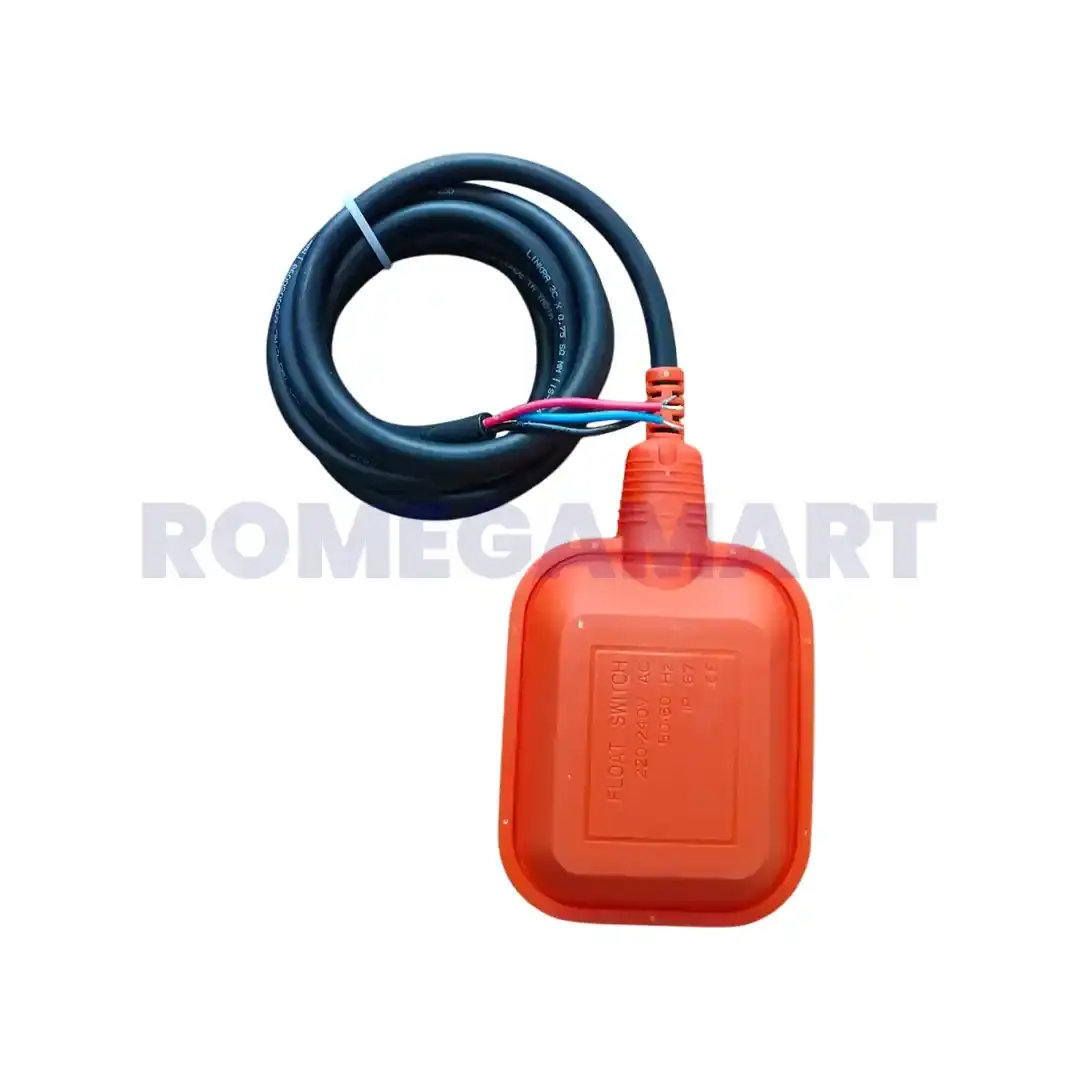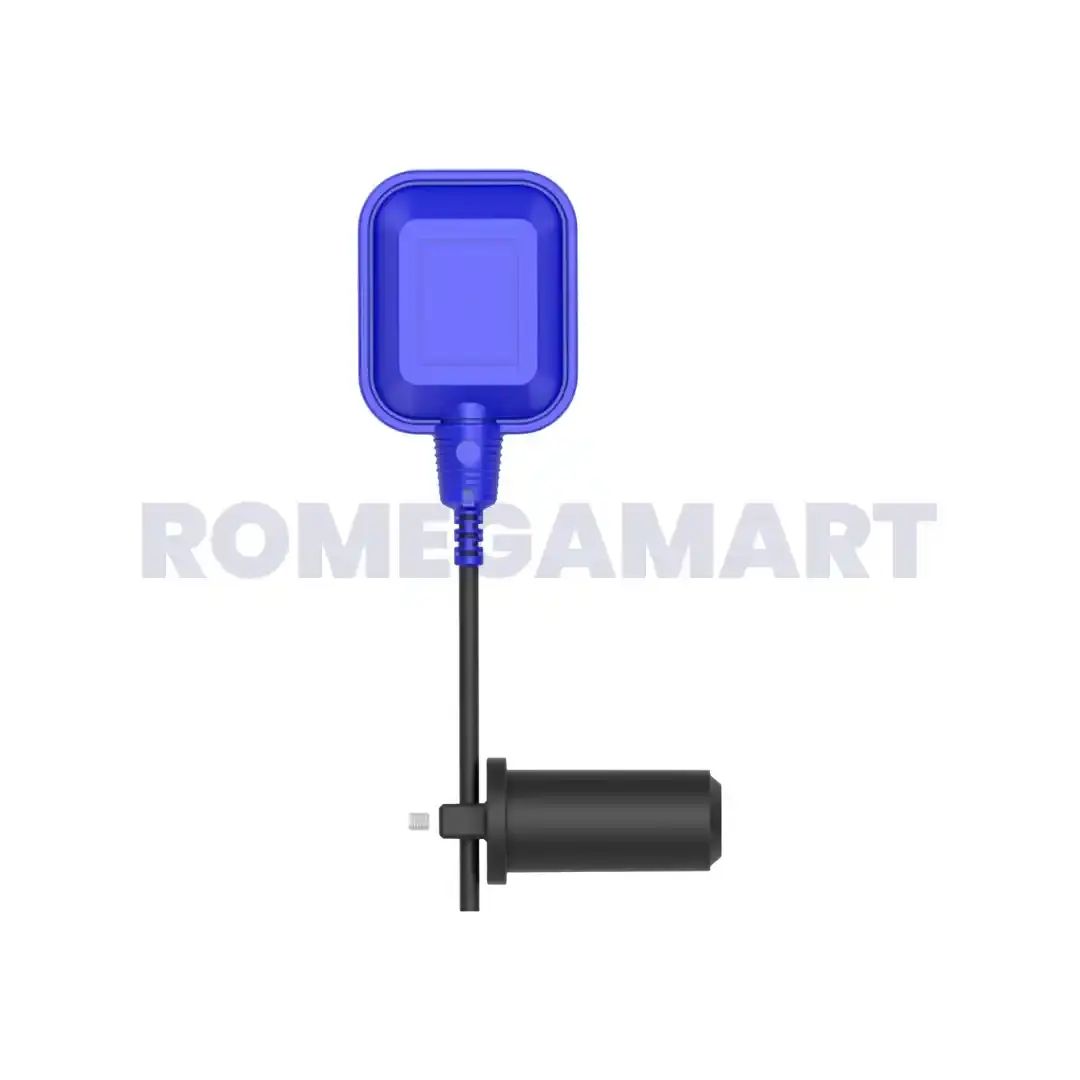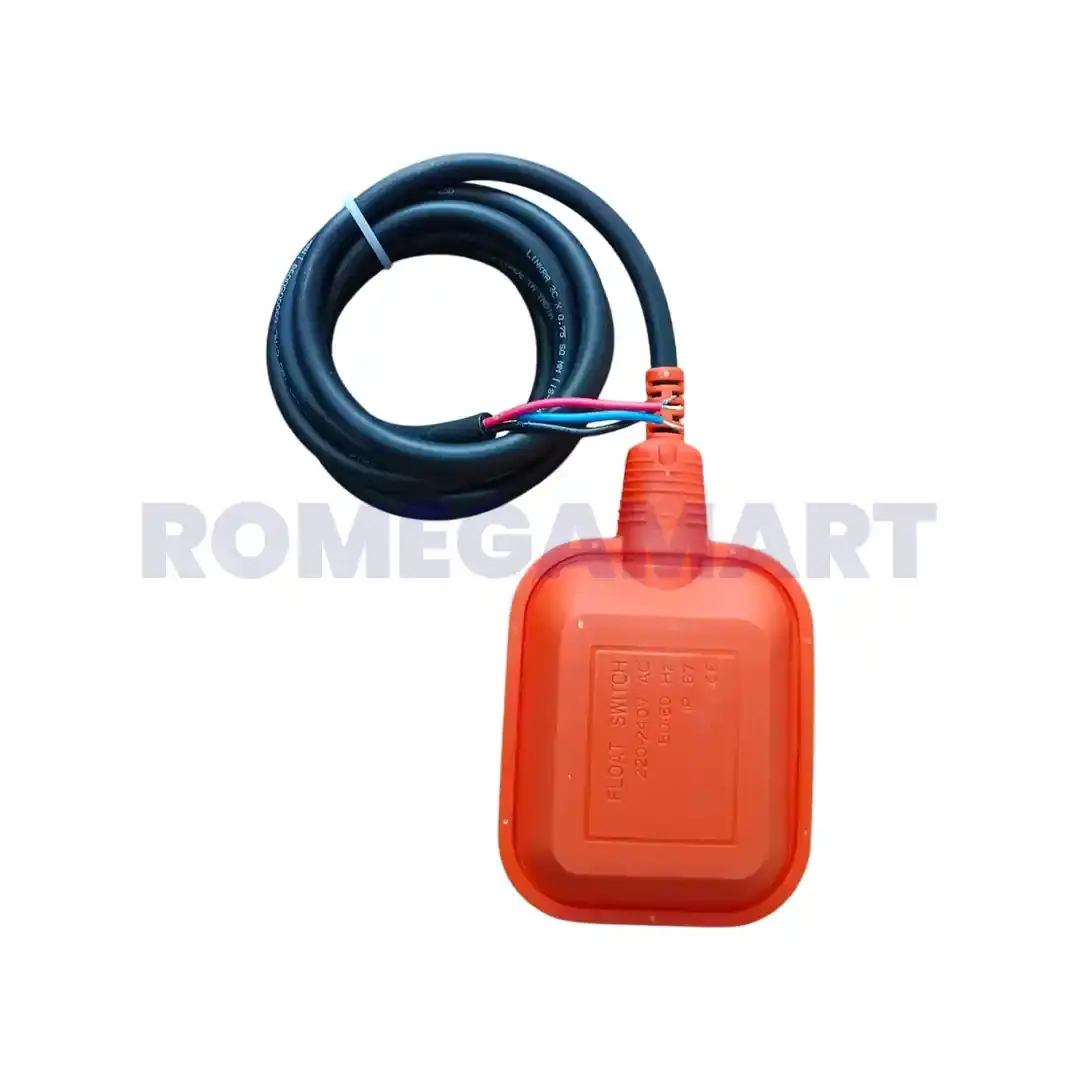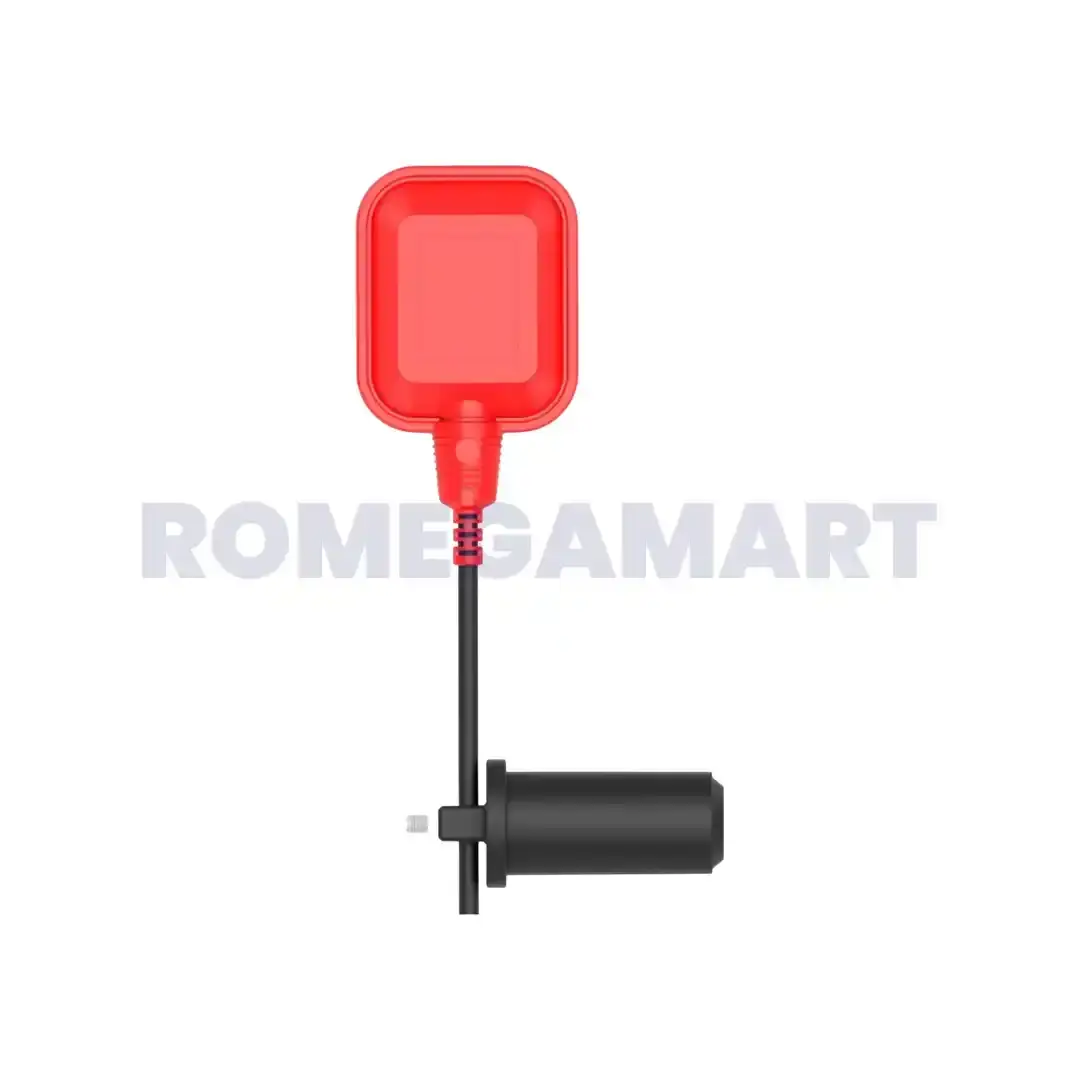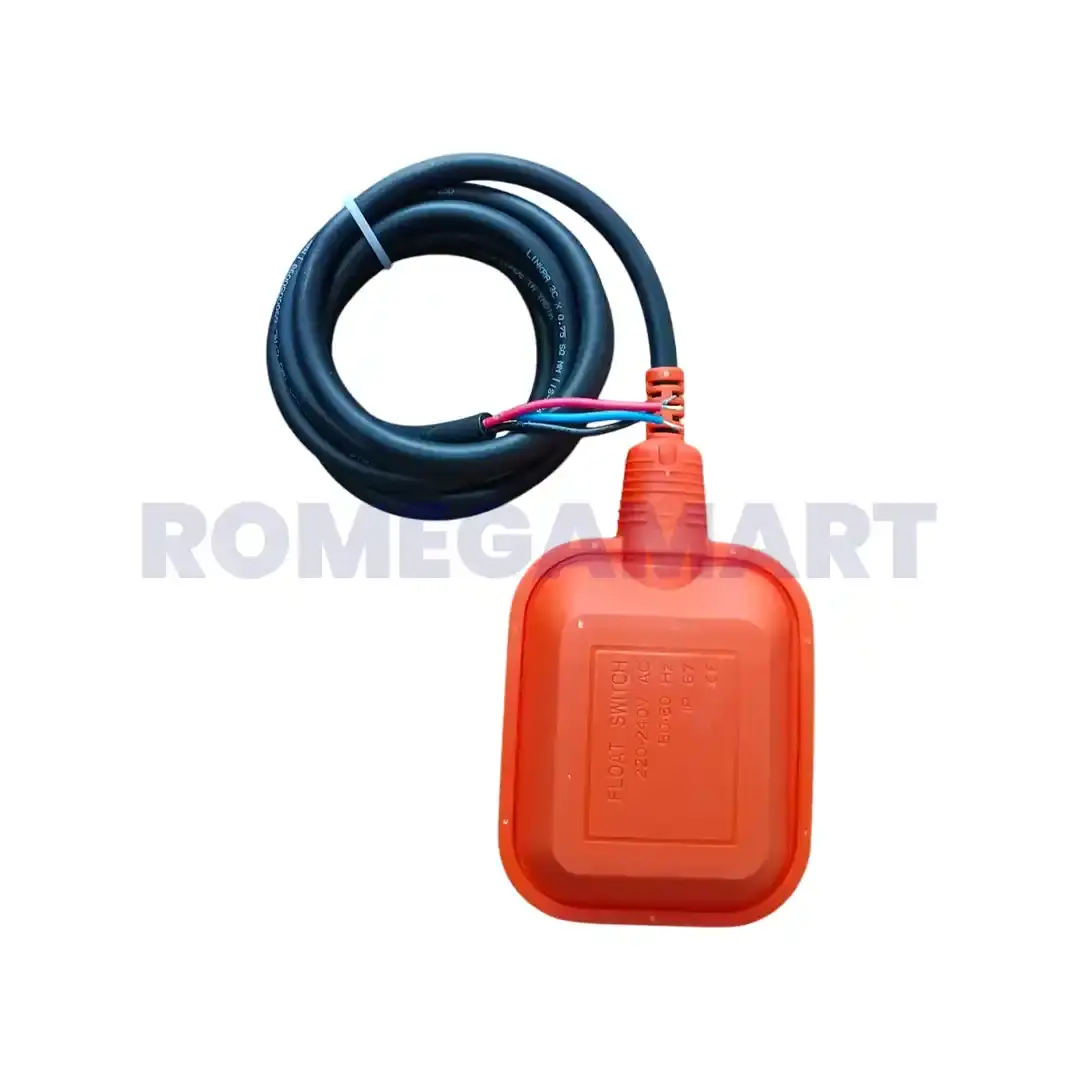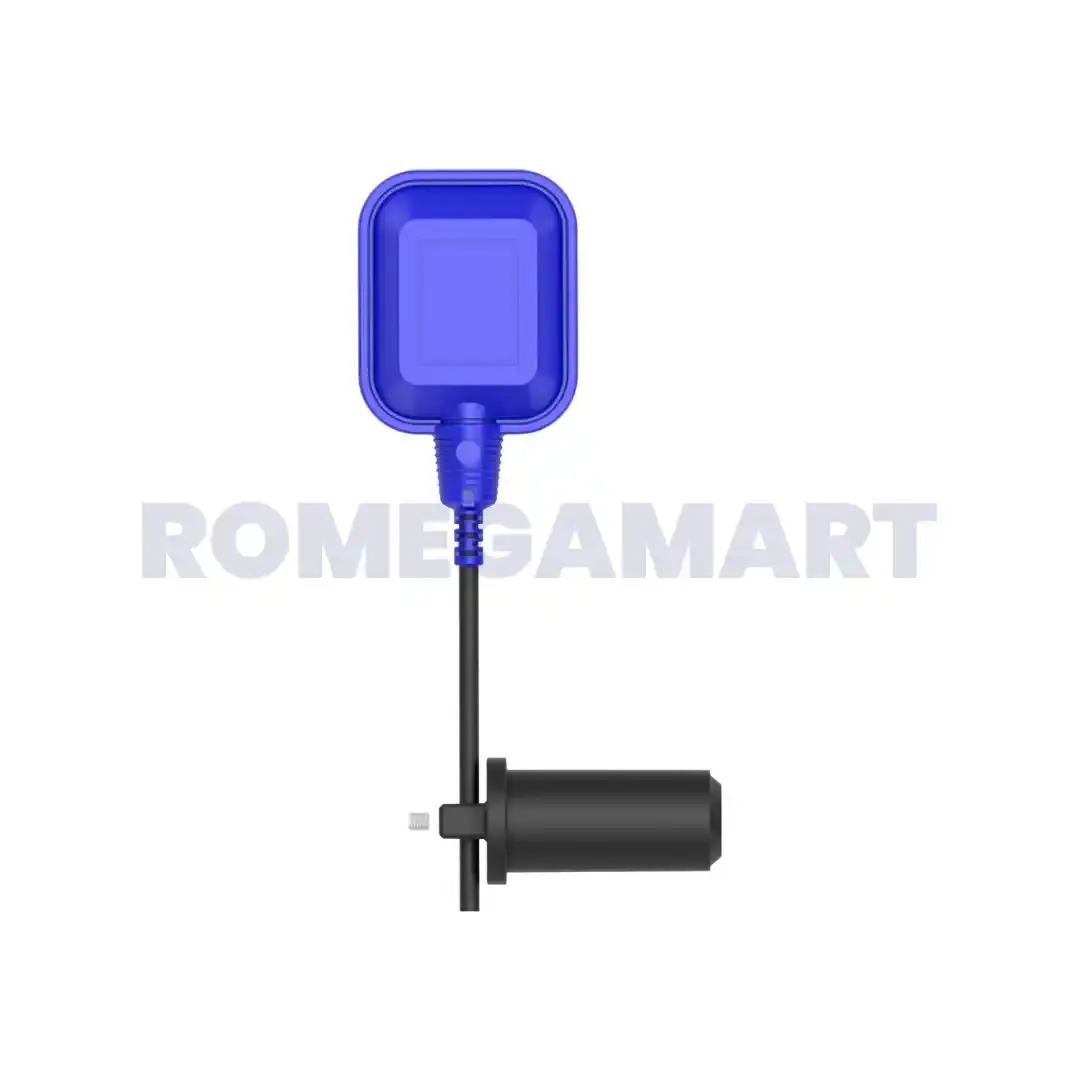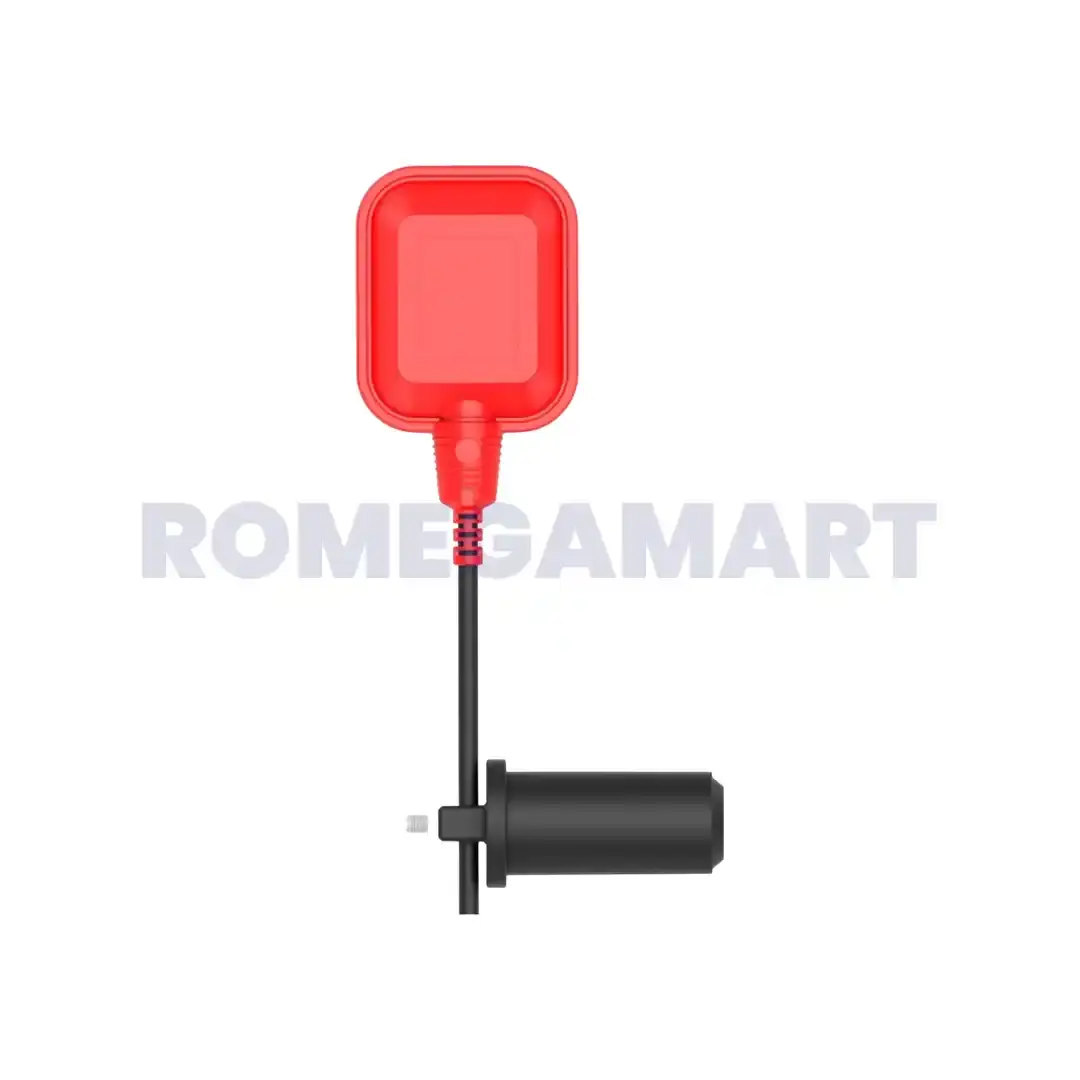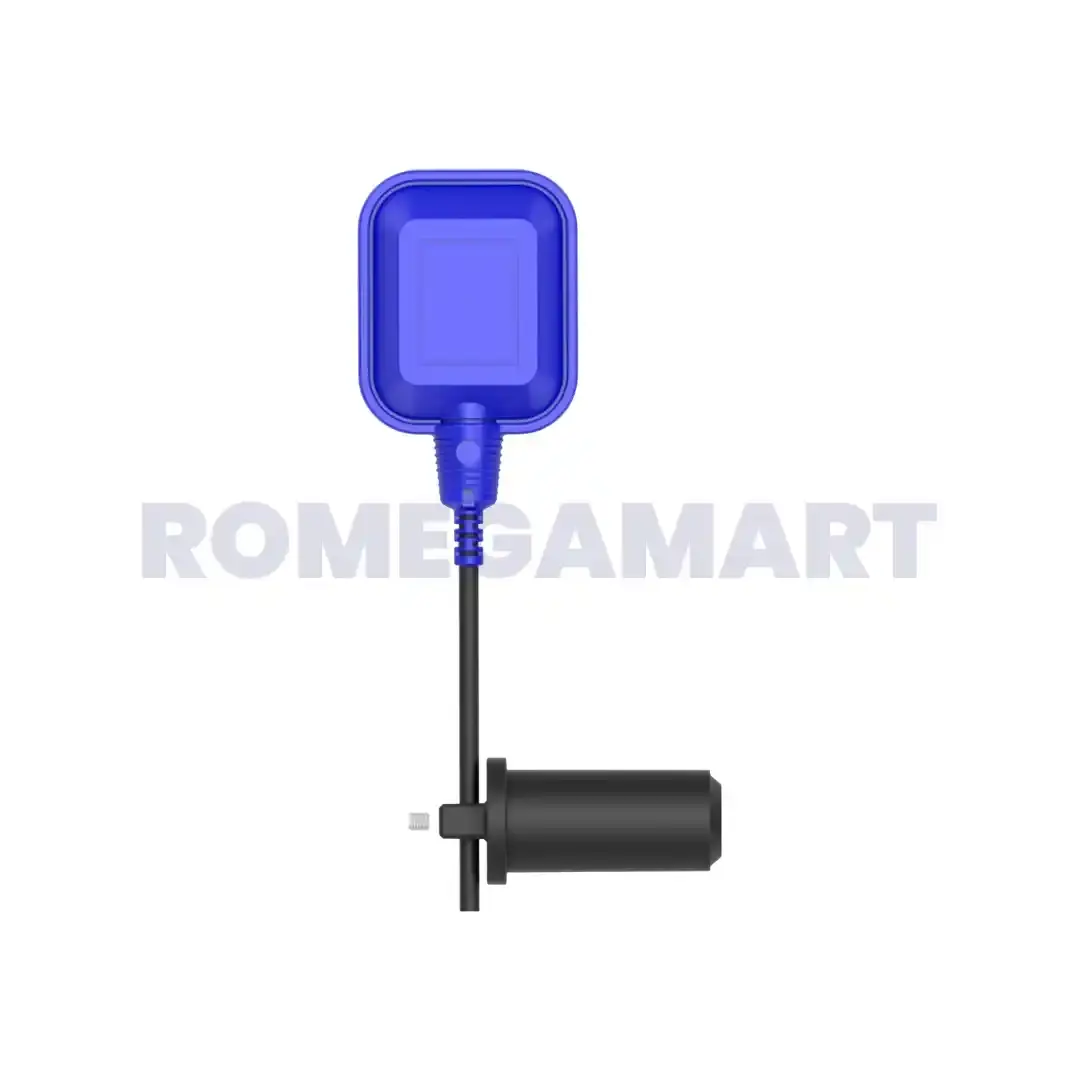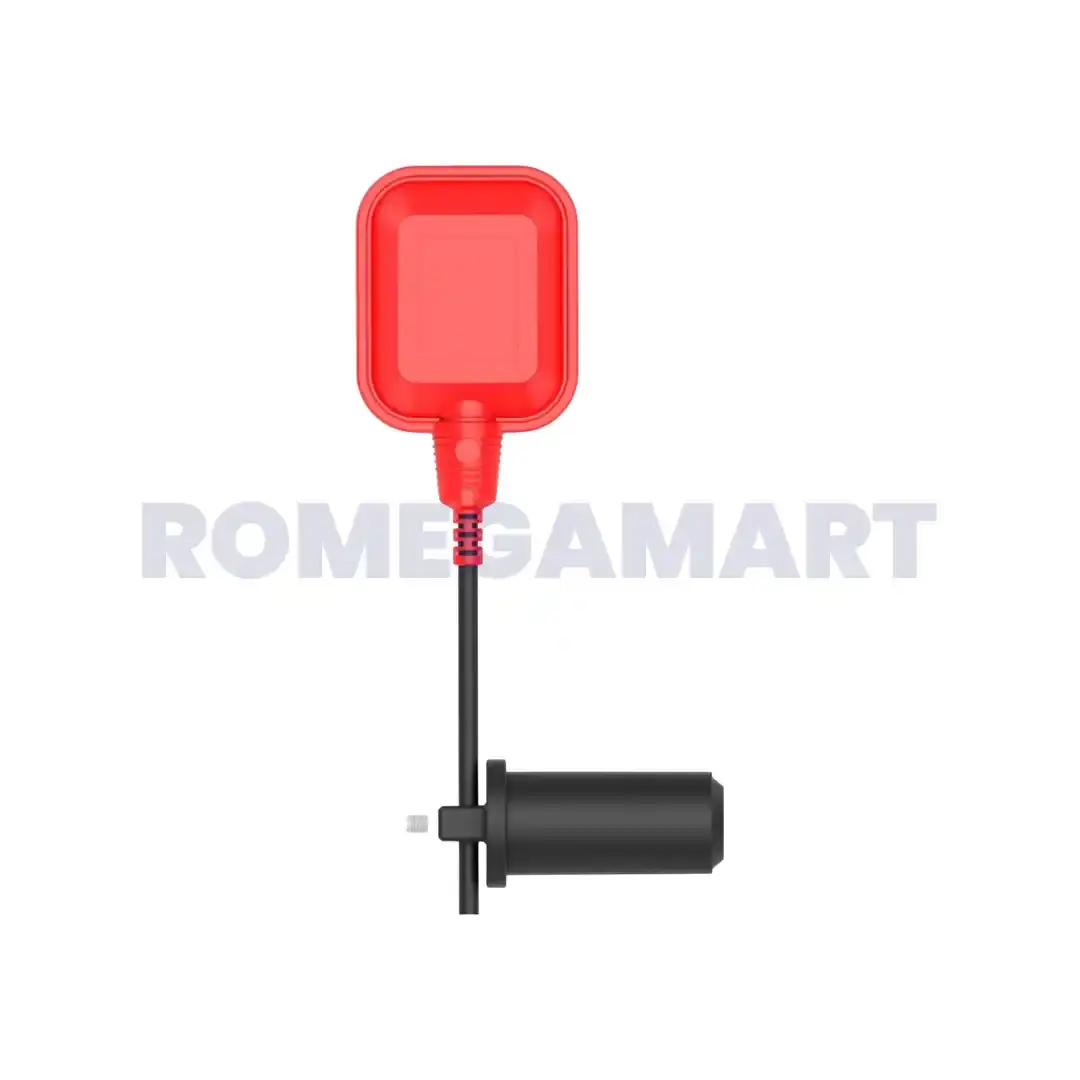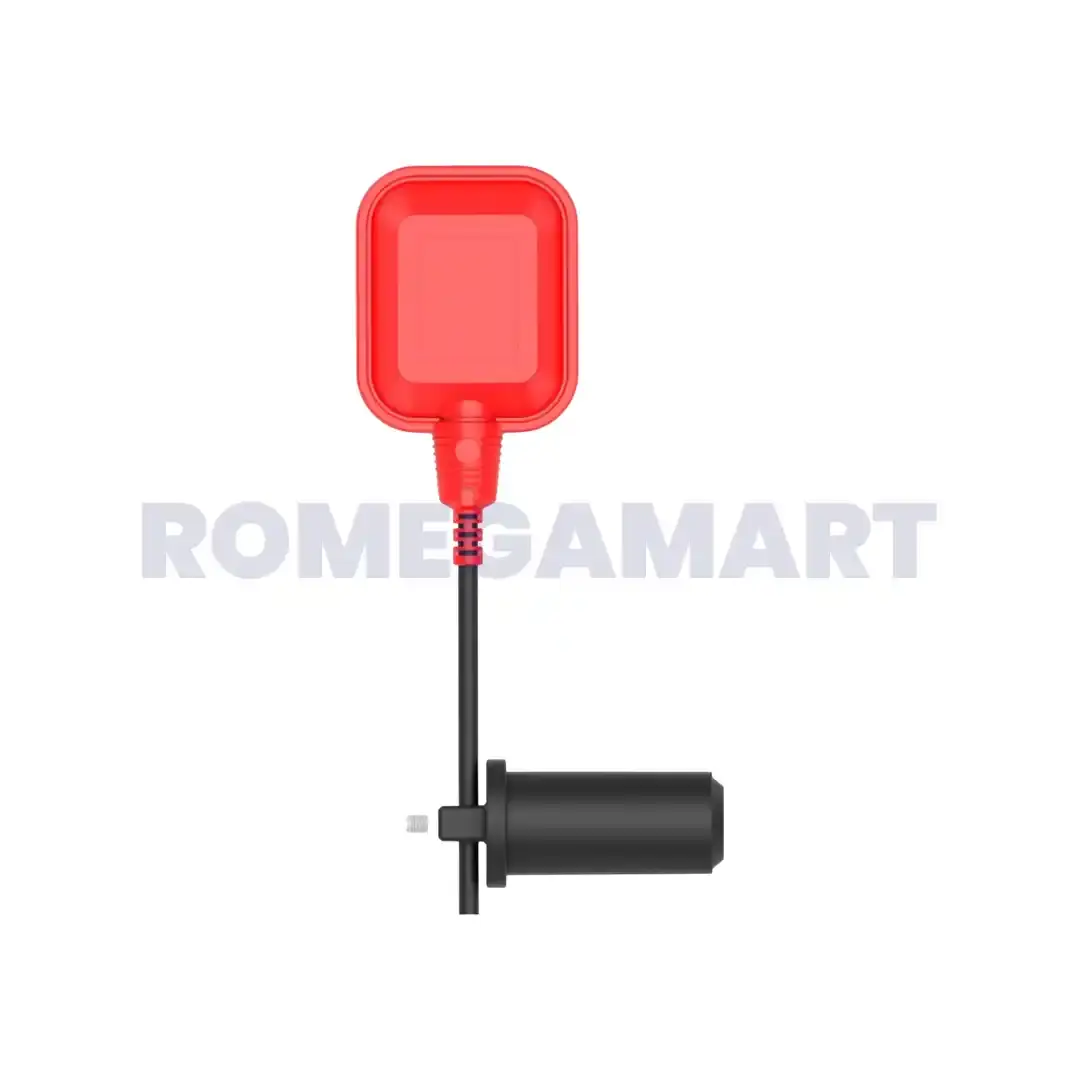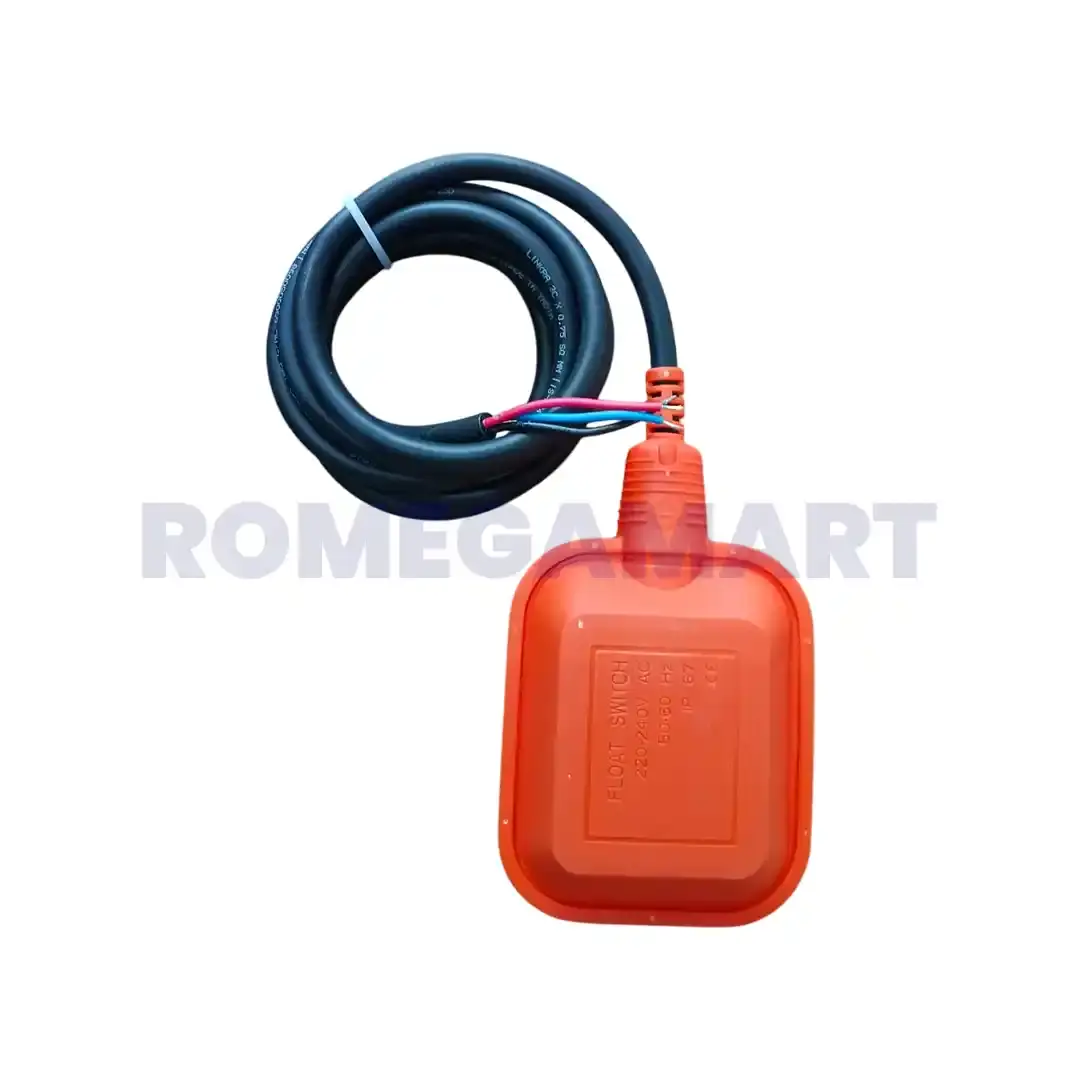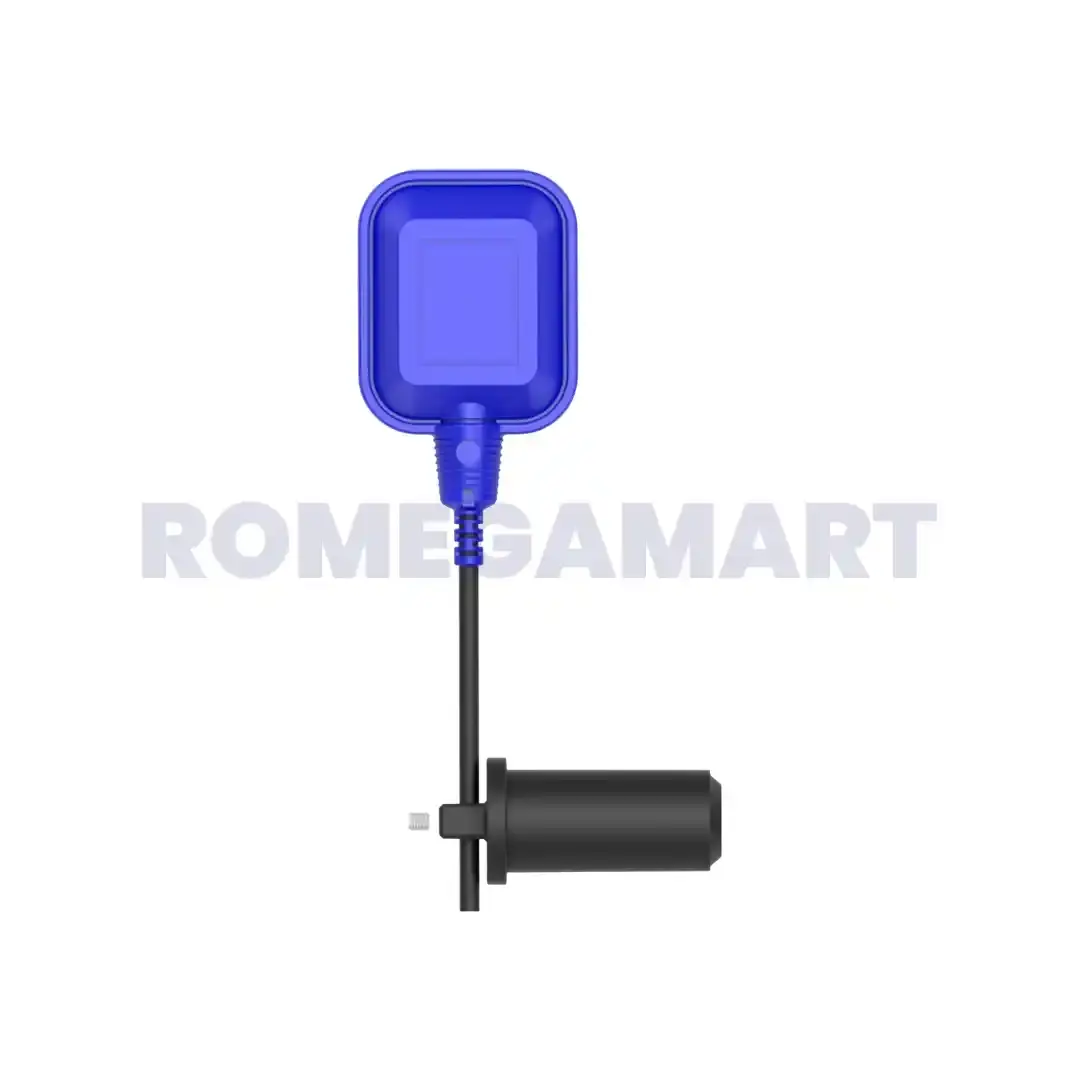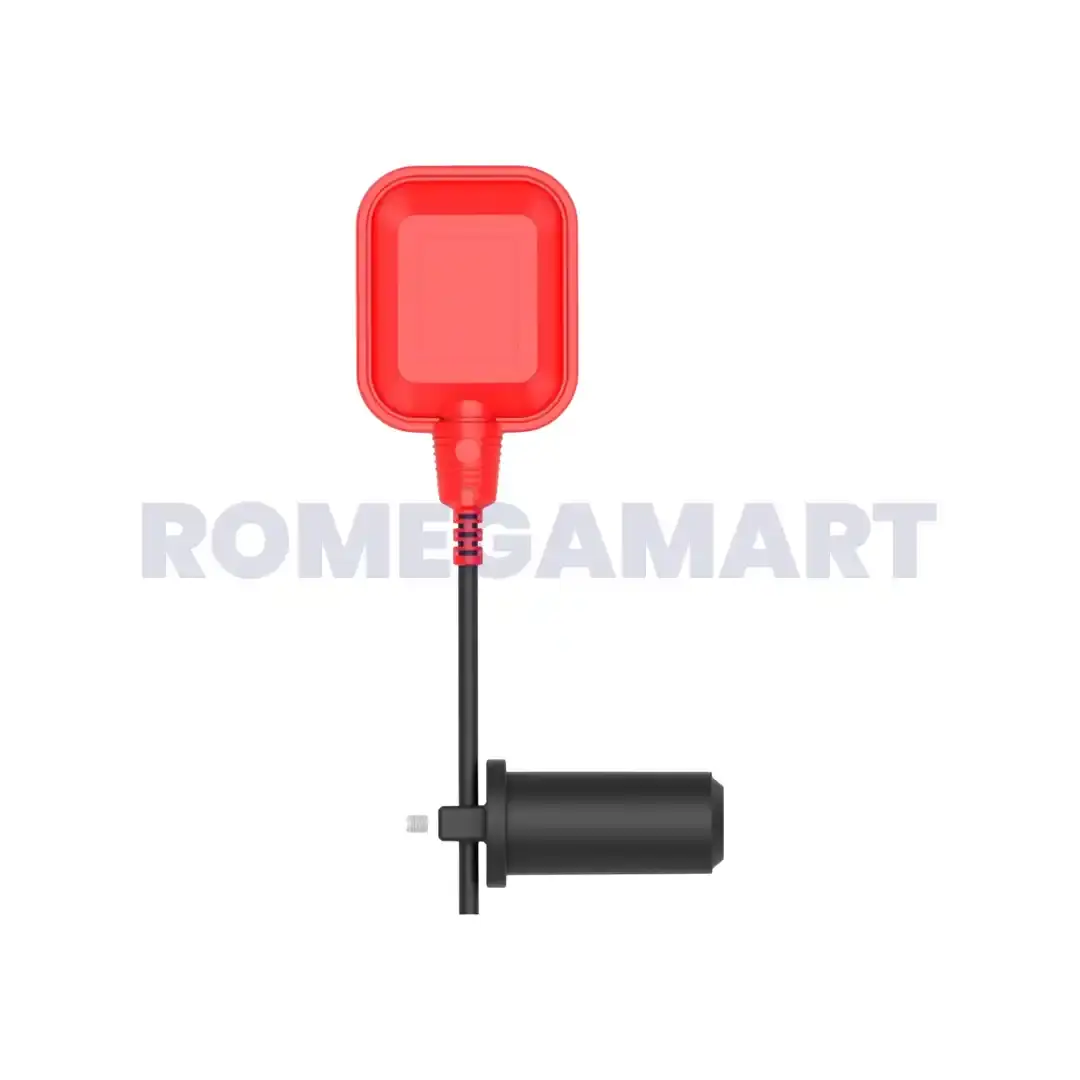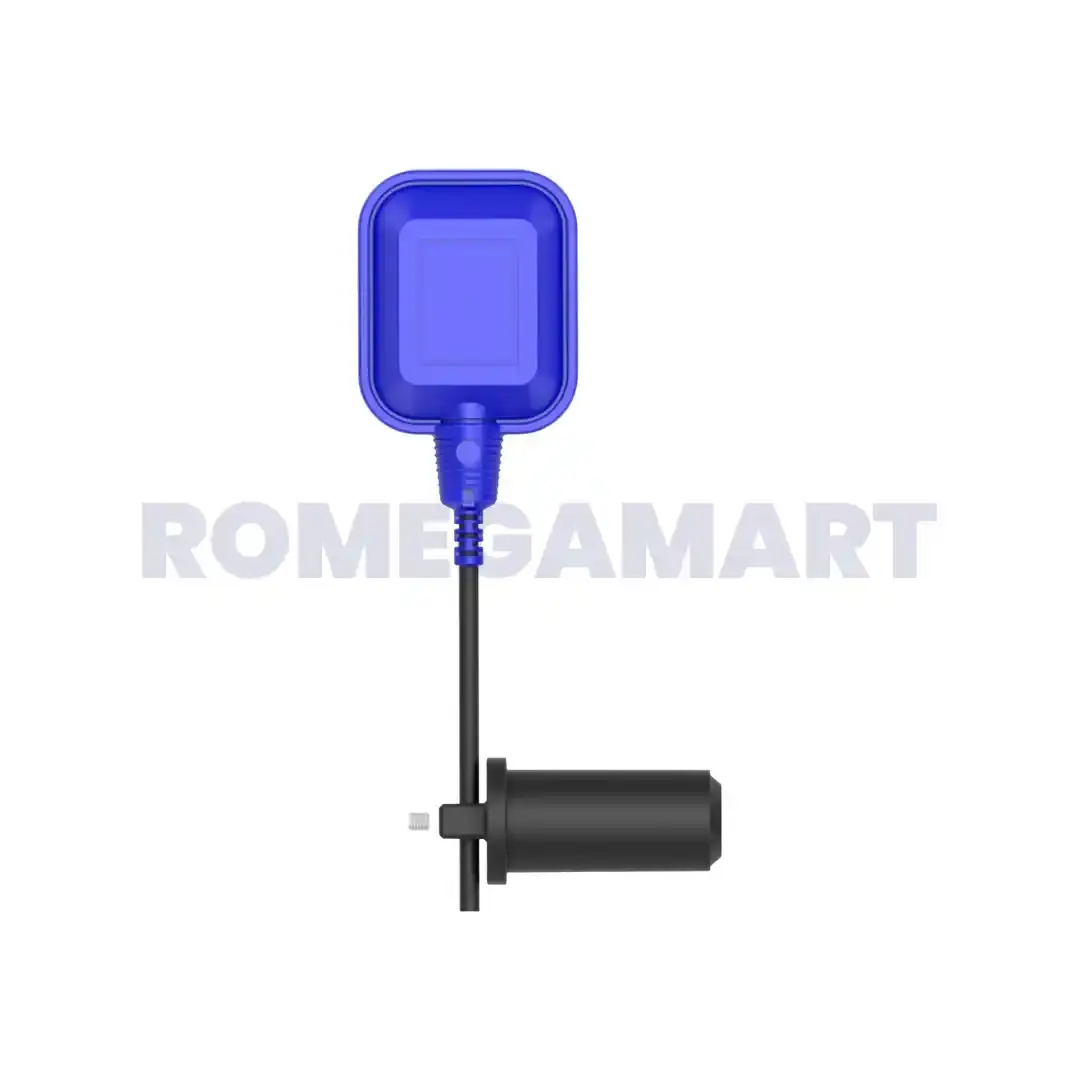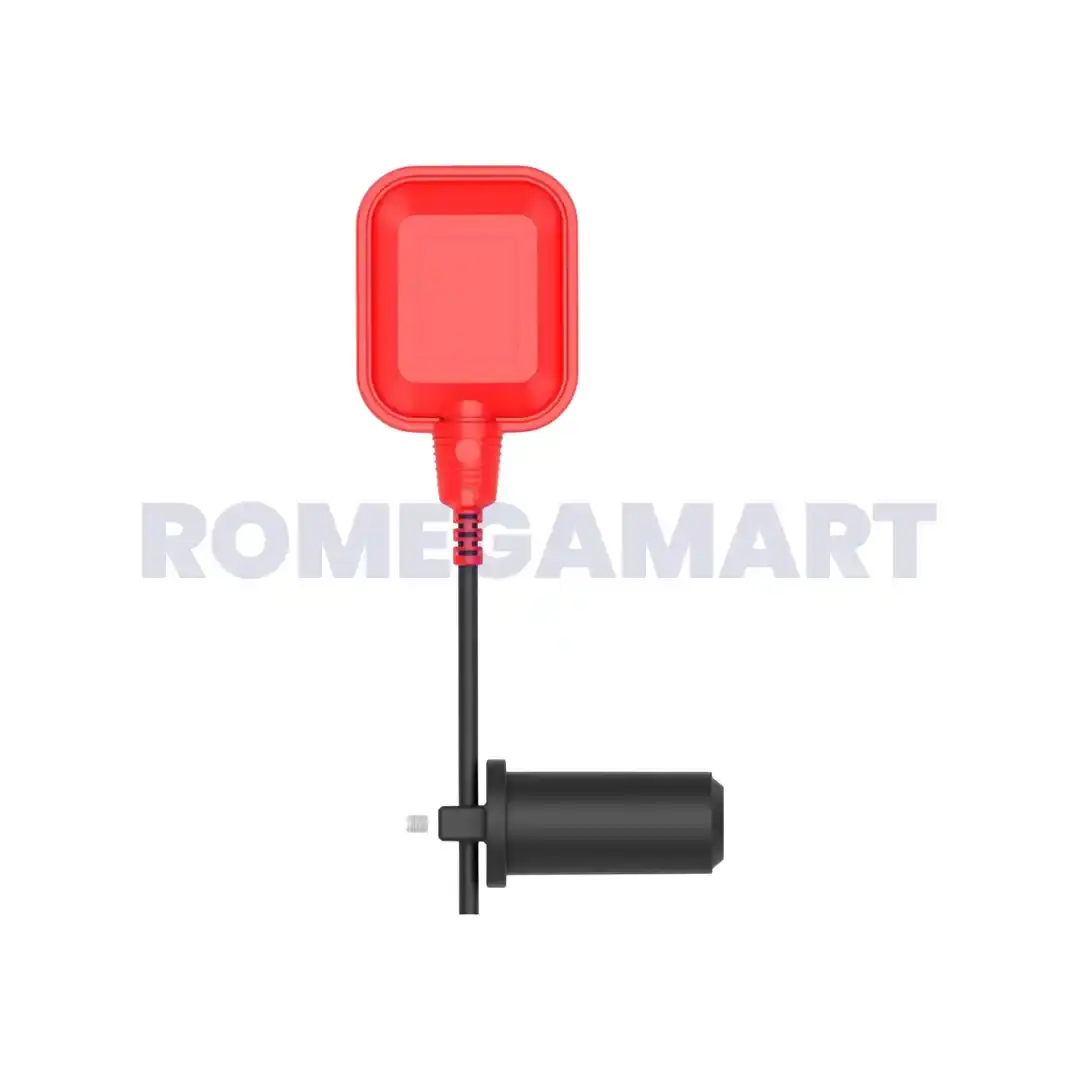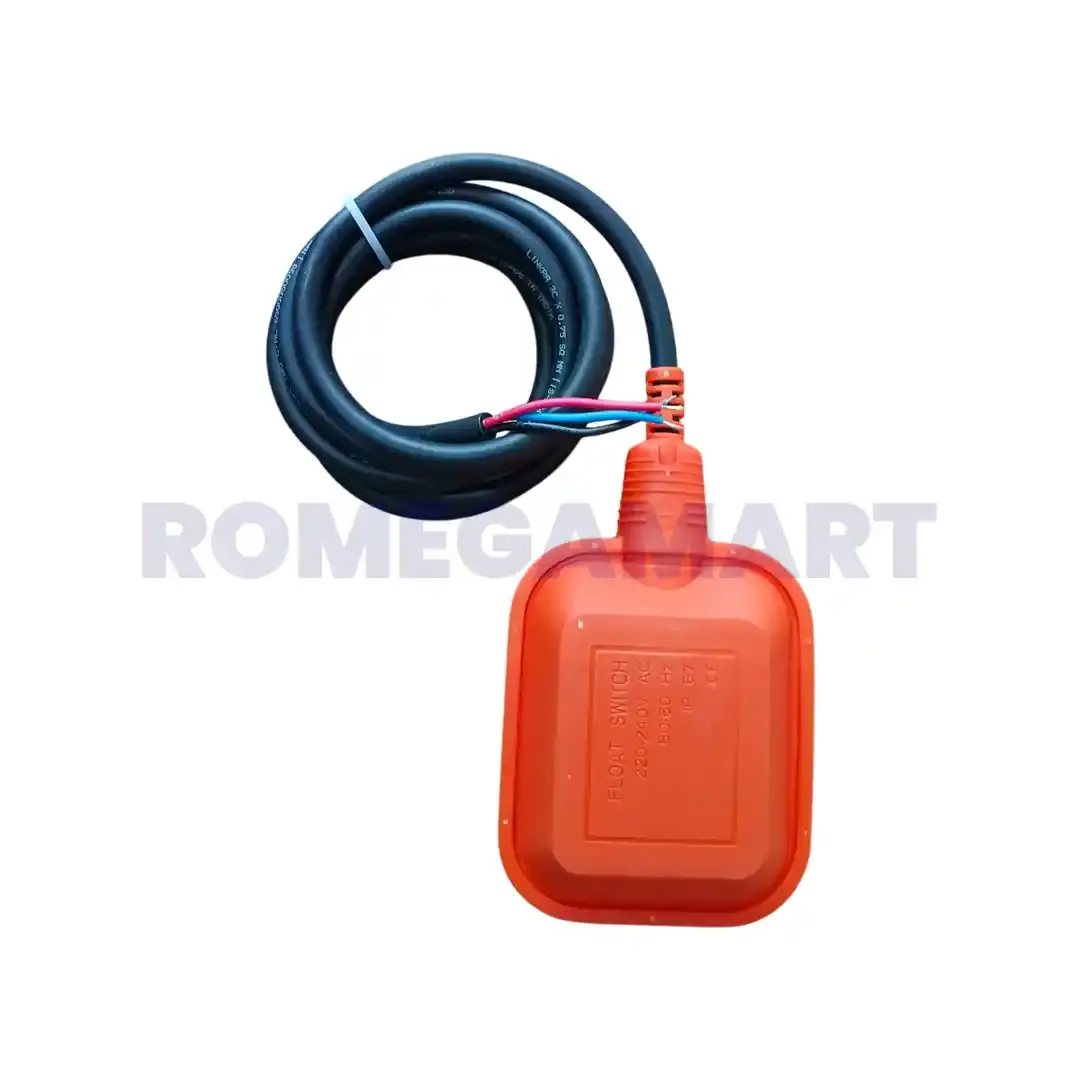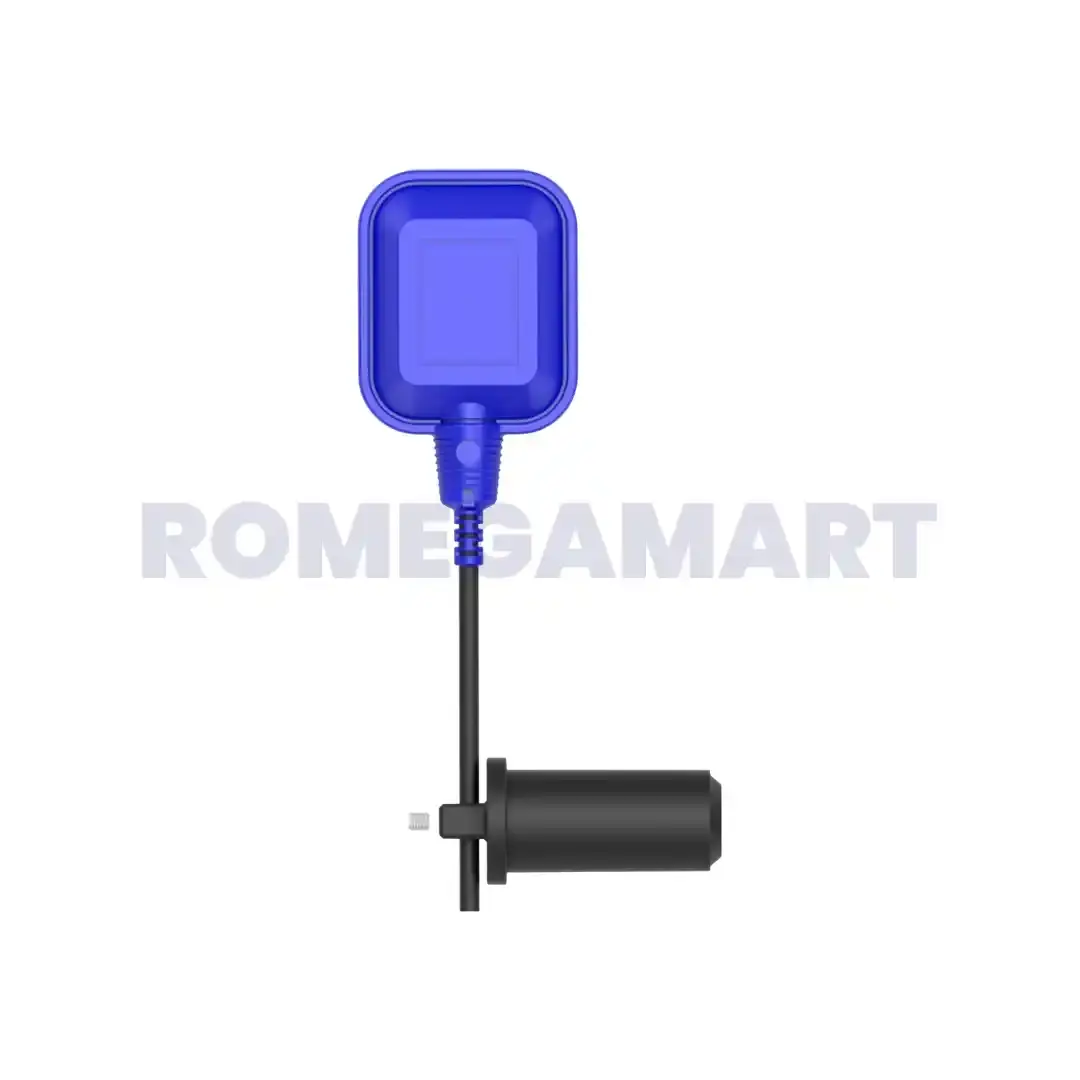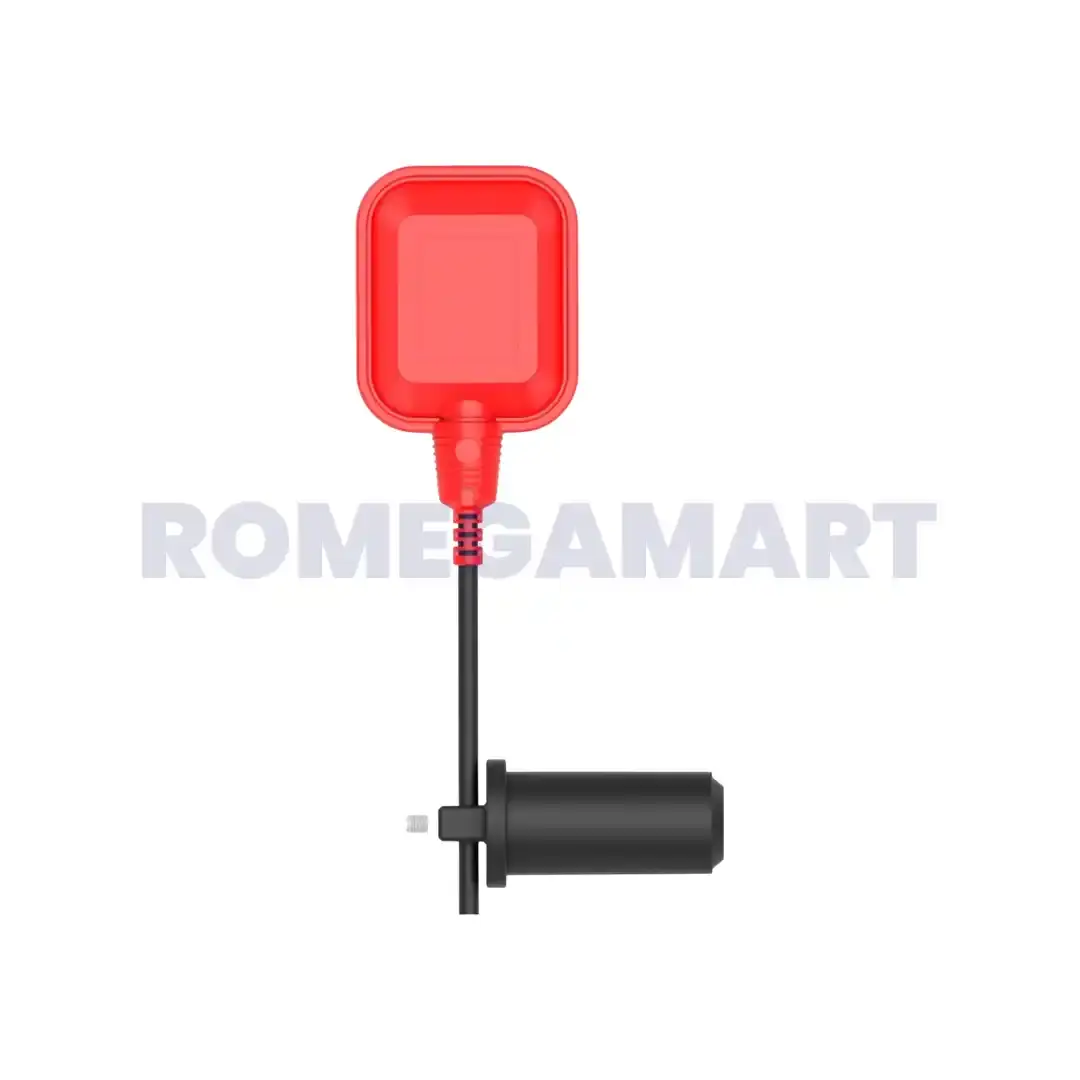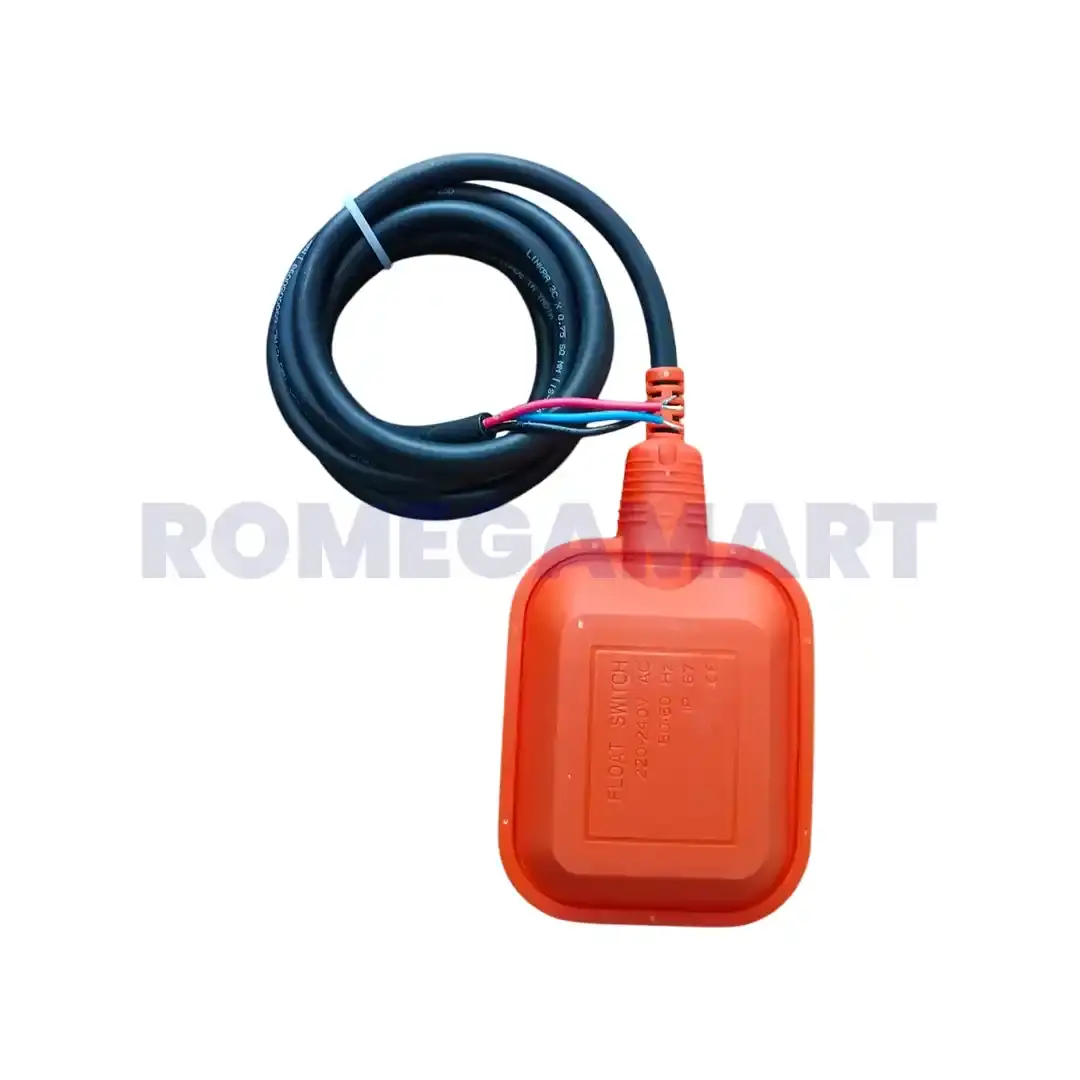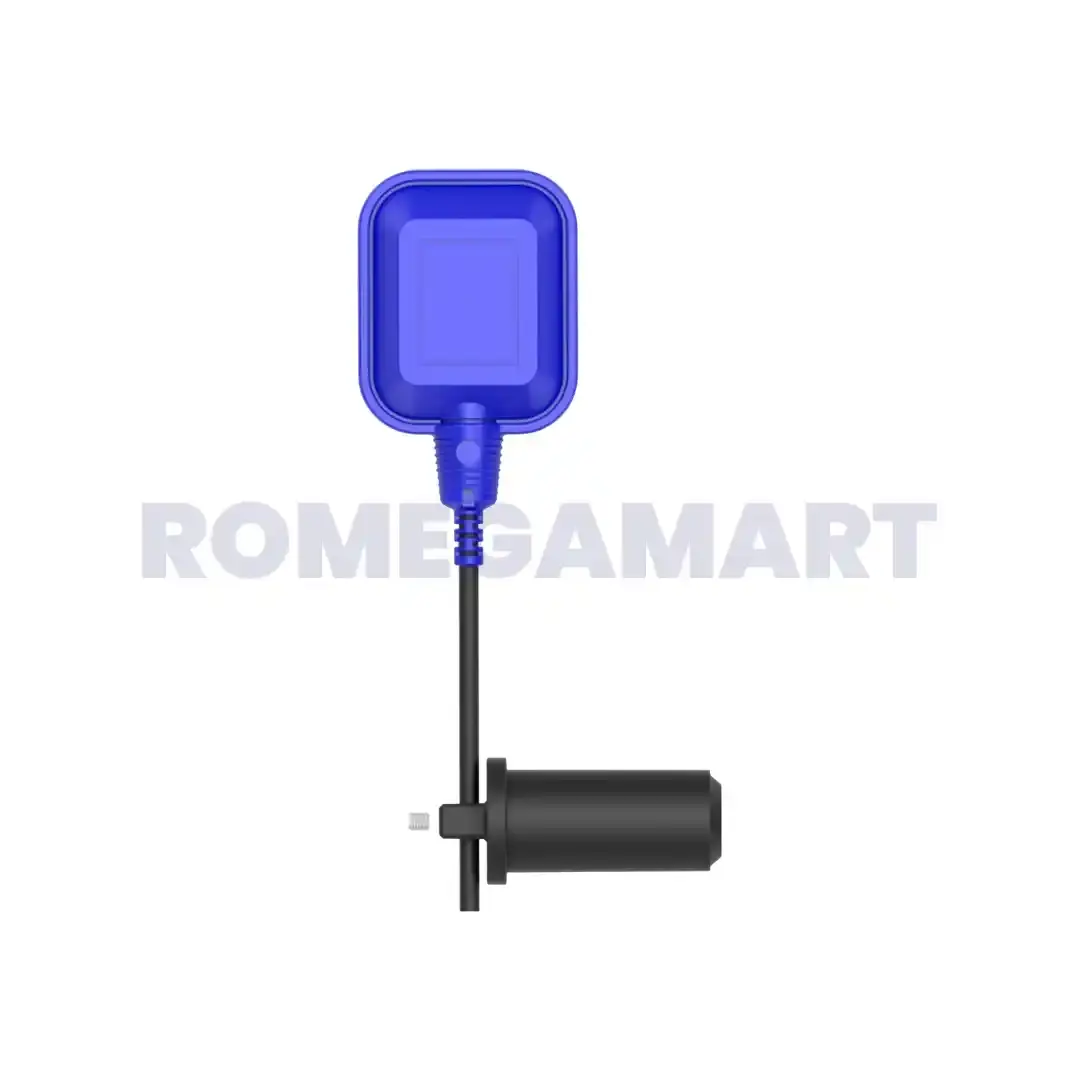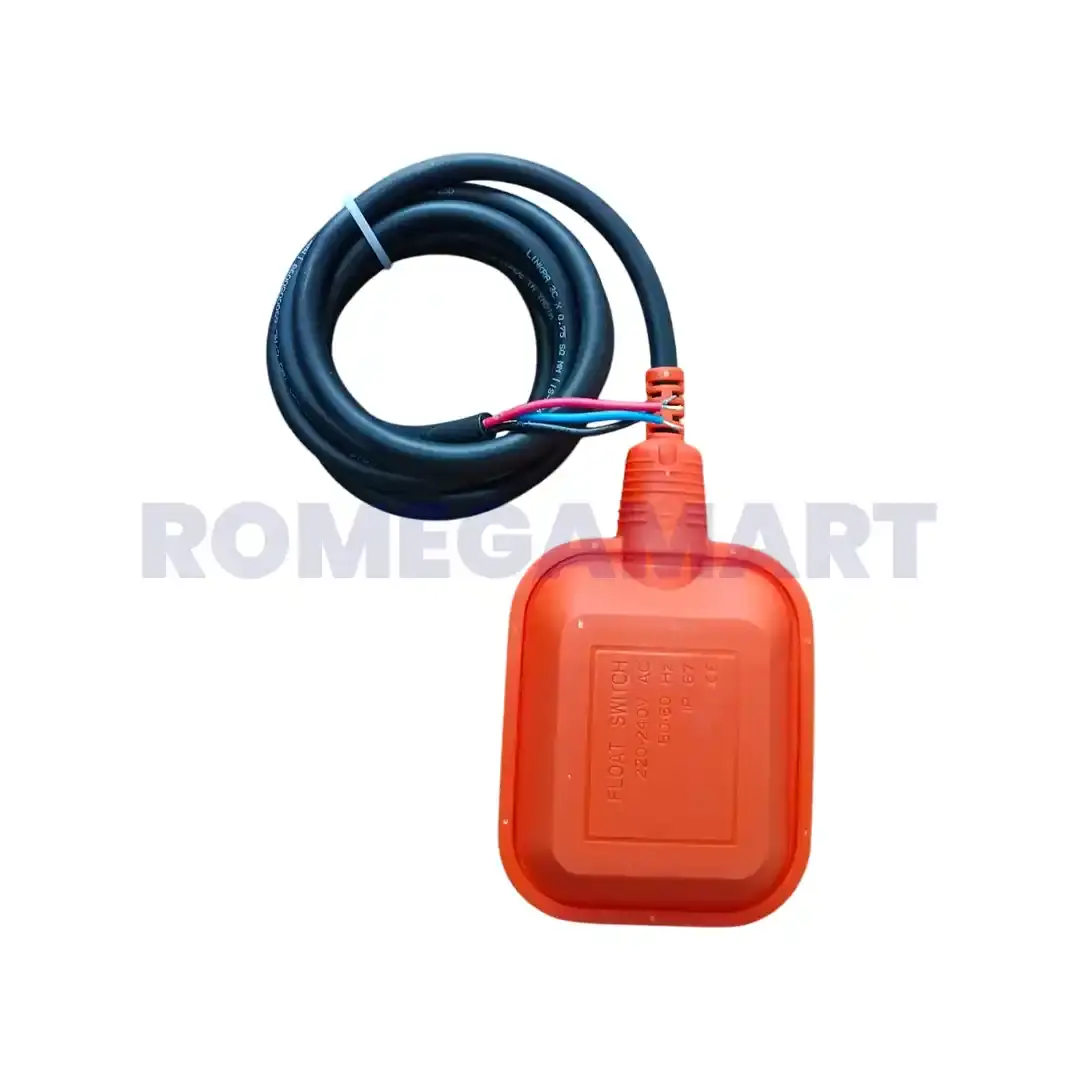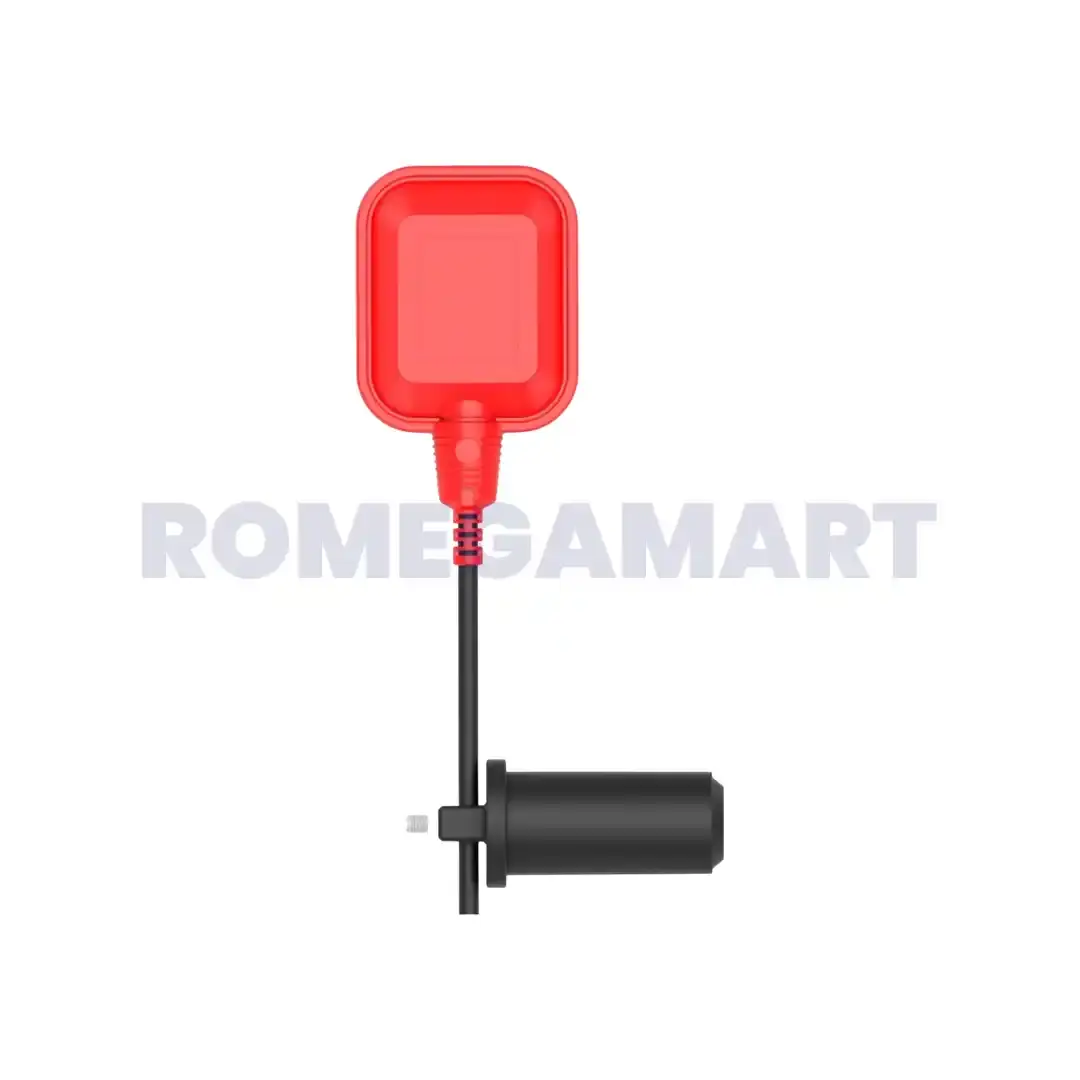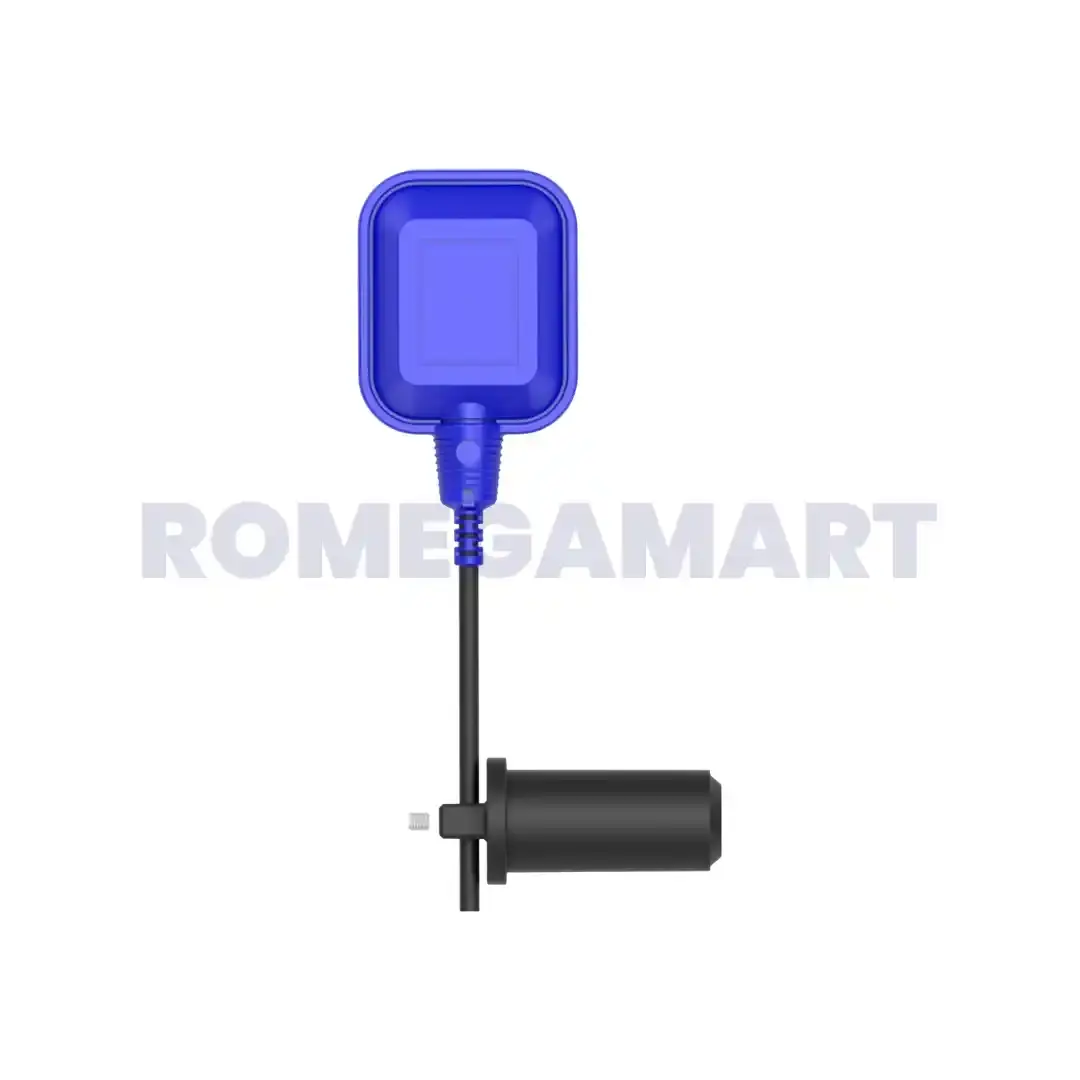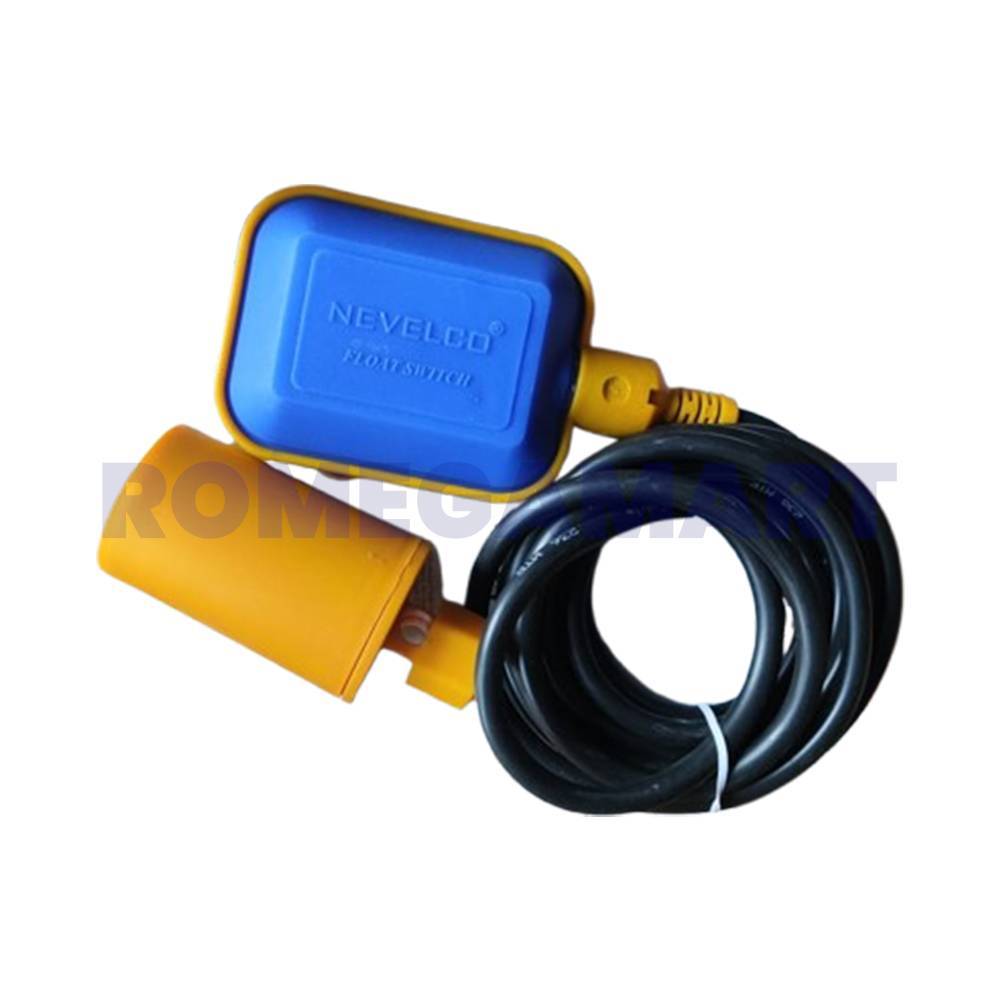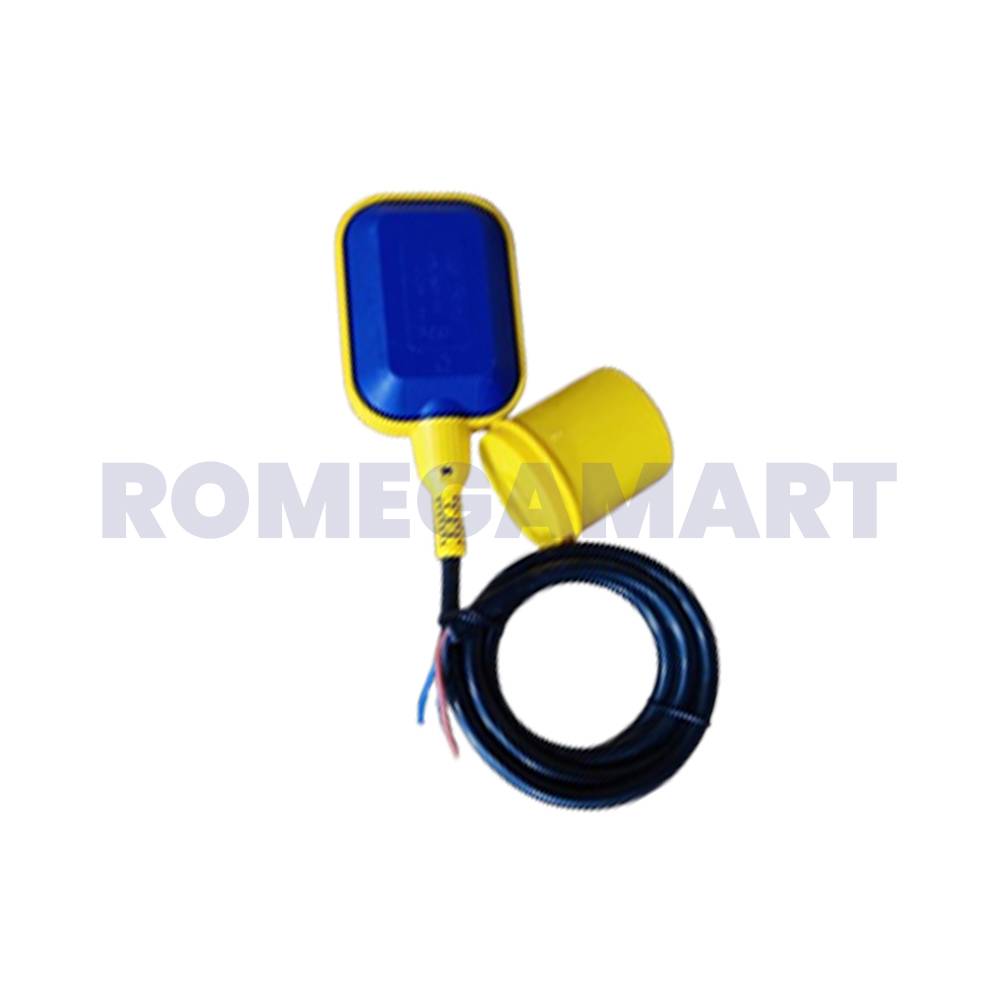in Delhi
RO Float Switch : Complete Guide for Domestic & Industrial RO Systems ( 2025 )
Introduction
A leaking or faulty RO tank can waste hundreds of liters of water every day. To prevent this and protect your RO pump from damage , every RO system needs a float switch. The RO float switch is a water level sensor that automatically controls when your purifier should stop or start. Whether used in a household purifier or a large industrial RO plant , this small but powerful device ensures efficiency , safety , and water conservation.
What is an RO Float Switch ?
An RO float switch is designed to monitor the water level inside the RO storage tank. It works on the principle of buoyancy : as the tank fills , the float rises and sends a signal to stop water inflow. When the water level drops , the float descends , restarting the pump. This automatic cycle prevents overflow , protects the motor from dry running , and reduces unnecessary power consumption.
Types of Float Switches
Float switches are available in different forms depending on the application. Based on operation , manual models are outdated , while automatic float switches are widely used in modern RO systems. In terms of material , plastic ( PVC/ABS ) switches are lightweight and affordable , making them perfect for domestic use , while stainless steel versions are stronger and better suited for industrial systems. Another variation is based on tank size— short wire floats ( 0. 5– 1. 5 m ) are used in small purifiers , while long wire floats ( 3 m or more ) are recommended for commercial or underground tanks.
Benefits of Using an RO Float Switch
The biggest benefit of a float switch is water conservation , as it prevents overflow and wastage. It also helps extend the life of RO pumps by avoiding dry running and cuts down electricity bills by eliminating unnecessary power use. For industries , heavy duty float switches ensure smooth operations without the need for manual monitoring , ultimately improving system reliability and reducing downtime.
RO Float Switch Price in India ( 2025 )
The cost of a float switch depends on its material , wire length , and size. Domestic RO float switches generally fall between ₹150 and ₹350 , while industrial grade versions range from ₹450 to ₹1 ,200. At Romegamart , buyers can find verified products and bulk purchase options at competitive prices.
Best Selling RO Float Switches on Romegamart
Some of the most popular products include the Float Switch Yellow with Blue Color , an affordable choice for industrial RO systems; the Ocean Star Cable Float Switch ( 3 m ) , ideal for deep tanks; the Orange with Black Outline Float Switch ( 0. 5A , 3 m ) , known for durability in mid size setups; and the Nevelco Floaty Sensor , a heavy duty option for consistent water level control.
Installation & Maintenance
Installing a float switch is fairly simple. After switching off the power and water supply , the old float can be removed and the new one mounted vertically inside the tank. Once wires are reconnected , the filling cycle should be tested to ensure smooth functioning. For industrial RO plants , professional installation is advisable. Routine checks for stuck floats , burnt contacts , or wire damage will keep the switch in good working condition for years.
FAQs
Q1. How long does a float switch last ?
Usually 2– 3 years with proper maintenance.
Q2. Can it be used in commercial RO plants ?
Yes , but industrial grade models with higher current ratings are recommended.
Q3. Is it the same as a water level controller ?
No. A float switch is mechanical , while water level controllers work with electronic sensors.
Conclusion
Though small , the RO float switch is an essential component for every RO system. It saves water , reduces electricity consumption , and protects pumps from costly damage. From small household purifiers to large scale industrial RO plants , investing in the right float switch ensures authentic performance and long term efficiency.
Explore More : RO High Pressure Pump Manufacturers , Industrial RO Filter Manufacturers , Industrial Housing Manufacturers , Industrial SS Stand Manufacturers , FRV Vassel Manufacturers , Raw Water Pump Manufacturers













